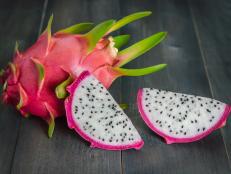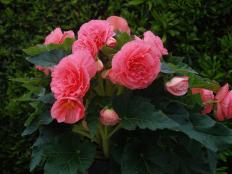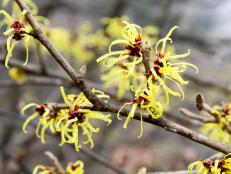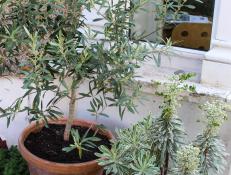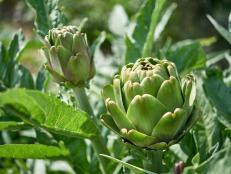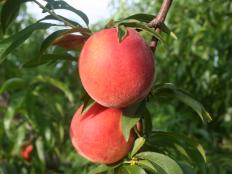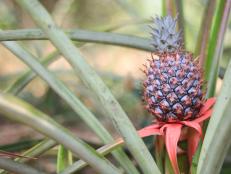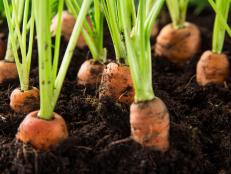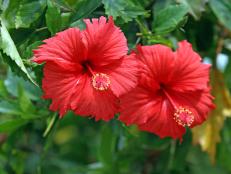How to Grow Sesame

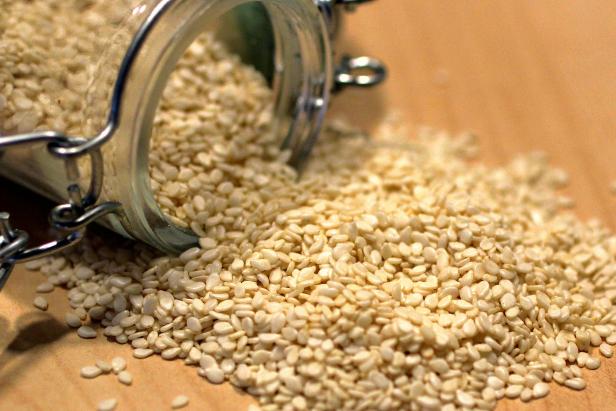
Two all beef patties, special sauce, lettuce, cheese, pickles, onions on a bun. Lacks a certain ring, doesn’t it? Sesame seeds are a well-known garnish for hamburger buns, but cultivation of the tiny seed has a rich culinary history dating back thousands of years.
The nutty seeds of the sesame plant (Sesamum indicum) are believed to be among the oldest cultivated oilseed crops. Grown for seasoning in the Middle East, sesame seeds have many uses. Sesame wine was once common, and found medicinal use in Ancient Egypt over 3500 years ago. And the the drought-tolerant plant has been cultivated in China for nearly 5000 years.
The “super seed” of the sesame plant is loaded with energy and is vitamin-rich, containing protein, magnesium, potassium, vitamins B and E and calcium. Its culinary value is still prominent in the Middle East and sesame seeds are now grown and consumed around the world.
Growing sesame (also called benne) at home can produce excellent yields of the food-friendly seed and is an especially appealing crop for gardeners facing heat or drought issues during summer months. Although this annual grows best in rich, well-drained soil, it can succeed in sandy plots with neutral pH, provided it is given plenty of water during germination.
Sesame takes 100-135 days to reach maturity and starting plants indoors a few weeks before the last frost ensures a successful harvest. Germinate plants indoors by planting seeds ¼” deep in a rich growing medium. Kept moist, plants will emerge in 10-14 days and will be ready to transplant once outside temperatures reach 70 degrees.
Once established, sesame is drought-tolerant and will grow to 3-5 feet or taller with white and sometimes pink flowers. Plant sesame in full sunlight spaced 2-3 feet apart to allow healthy development. Once established, sesame can thrive even in high temperatures with little water.
Flowers will eventually develop into dozens of elongated seed pods. Seeds are ready to be harvested when these pods turn brown and begin to open. Mature seed pods are delicate and should be picked carefully to avoid seed loss. Once harvested, seeds may be hulled by drying the seeds before dehulling or by soaking in water overnight to soften the hull (called “wet” dehulling).
Sesame seeds from the garden can be used in everything from tahini to baked goods, adding distinctive flavor and a big burst or nutrition delivered in a tiny package.






